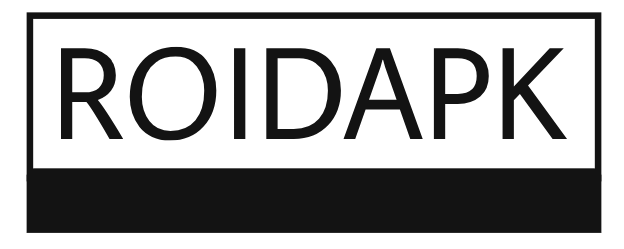In the rapidly evolving field of computer vision, video annotation services play a crucial role in enabling accurate object detection by providing high-quality, context-aware labeled data. Specifically, from autonomous vehicles to medical imaging and retail analytics, these services ensure machines interpret visual information with both precision and reliability.
This article explores how video annotation services play a pivotal role in enhancing object detection accuracy, the challenges involved, and how the industry is responding with increasingly advanced solutions.
The Role of Video Annotation in Object Detection
Unlike static image annotation, video annotation introduces the element of motion and temporal continuity, which presents both opportunities and complexities. Accurate object detection in video streams depends not just on identifying objects frame-by-frame but also on understanding their movement, behavior, and interaction across time.
Video annotation services involve meticulously labeling each frame with relevant data—bounding boxes, polygons, key points, or segmentation masks—while maintaining consistency throughout the sequence. This creates a rich dataset that enables machine learning models to learn how objects evolve over time, which is especially important in applications such as surveillance, traffic monitoring, and autonomous navigation.
High-quality annotated video data contributes to:
- Improved temporal coherence in model predictions
- Better handling of occlusion and reappearance of objects
- Enhanced tracking accuracy for moving subjects
- Reduced false positives in real-time detection scenarios
Challenges in Annotating Video Data
While video annotation offers immense potential, it also comes with significant challenges:
1. Frame Volume and Time Consumption
Annotating thousands of frames per video demands time, effort, and workforce. Unlike images, each second of a video might contain 24–60 frames that all require consistent labeling.
2. Object Tracking Across Frames
Maintaining object identities across changing camera angles, lighting conditions, or partial occlusions can be challenging. Moreover, tracking the same object across hundreds of frames significantly increases the cognitive load on annotators.
3. Annotation Consistency
Inconsistencies in labeling can severely affect model training. In particular, minor errors repeated across sequences can ultimately lead to overfitting or misclassification by object detection models.
4. Domain-Specific Complexity
Different industries demand different levels of precision. For example, annotating a surgical tool in a medical video requires different expertise compared to labeling vehicles in a traffic surveillance feed.
Technological Advancements Supporting Accurate Annotation
Consequently, as the demand for high-quality annotated data increases, the industry is embracing emerging technologies to overcome the traditional limitations of manual annotation.
Synthetic Data Generation
With Synthetic Data Generation in Generative AI, developers can simulate diverse environments and object interactions that might be rare or unsafe to capture in the real world. By complementing real-world video annotation with synthetic datasets, companies can create more balanced and inclusive training data for object detection systems.
Robust ODD Analysis
For mission-critical applications such as self-driving cars, Robust ODD Analysis for Autonomous Systems is essential. This involves assessing how well a trained model performs across different operational design domains (ODDs), such as weather conditions, traffic types, or geographical zones. Video annotation plays a key role in building datasets that represent diverse ODDs, ultimately contributing to more reliable and adaptable models.
Top 5 Companies Offering Video Annotation Services
The demand for high-quality video annotation has led to the emergence of several key players in the AI training data space. While many companies offer image annotation, only a few specialize in delivering high-accuracy video annotation at scale. Here are five recognized names in the domain:
- Appen – A global leader in AI training data, Appen offers scalable video annotation services supported by a global crowd workforce and AI tools.
- Scale AI – Known for high-end data labeling solutions, Scale AI provides video annotation tailored for industries like automotive, defense, and logistics.
- iMerit – With a strong focus on ethical AI and human-in-the-loop processes, iMerit delivers quality-controlled video annotations across diverse sectors.
- Samasource – Operating under a social enterprise model, Samasource combines automation and human expertise to provide video annotation services for complex use cases.
- CloudFactory – Specializing in high-volume, high-accuracy annotation tasks, CloudFactory leverages a managed workforce to deliver consistent results in video data projects.
As a result, these companies stand out for their ability to blend technology, human expertise, and scalable infrastructure to effectively meet the demands of machine learning developers.
Conclusion
As computer vision continues to advance, the importance of accurately labeled video data cannot be overstated. Consequently, video annotation services are not just supporting object detection—rather, they are enabling the next wave of intelligent systems that can understand and interpret real-world scenarios with human-like precision.
By investing in high-quality annotation and complementing it with technologies like synthetic data and robust ODD frameworks, industries can unlock new levels of efficiency, safety, and automation. Whether it’s self-driving cars or smart retail environments, the journey toward more accurate object detection begins with well-annotated video data.
Therefore, explore the future of vision intelligence through powerful and precise video annotation services that effectively drive real-world AI applications forward.

